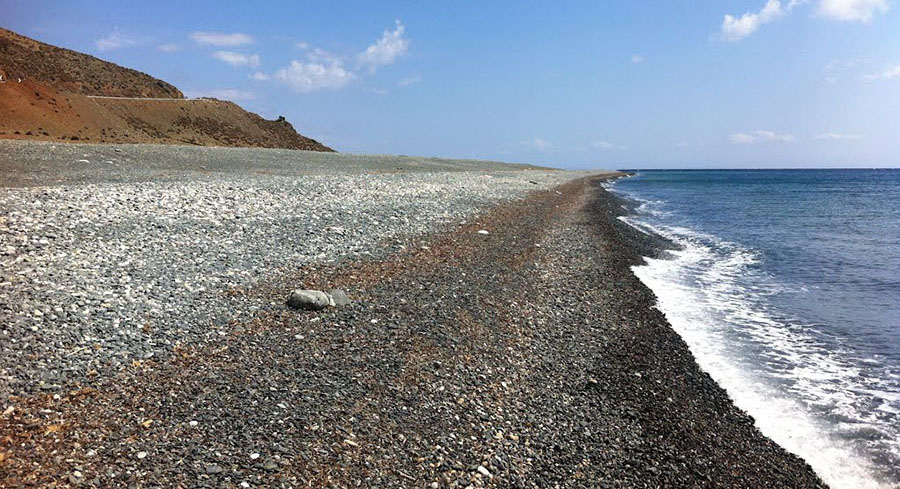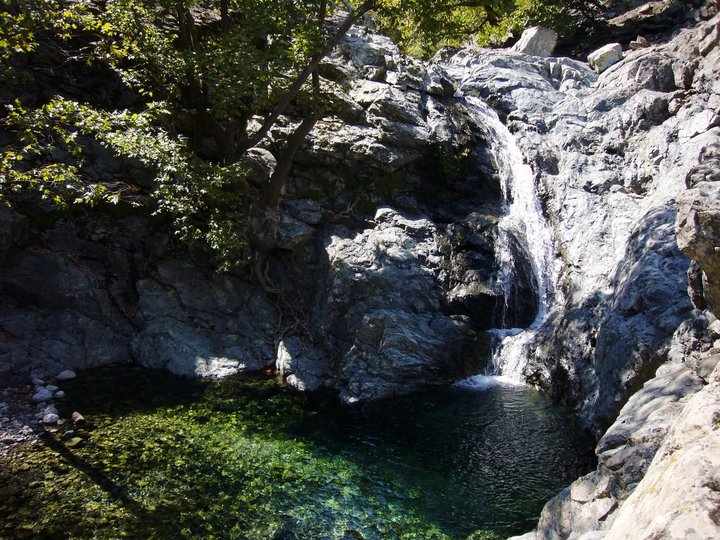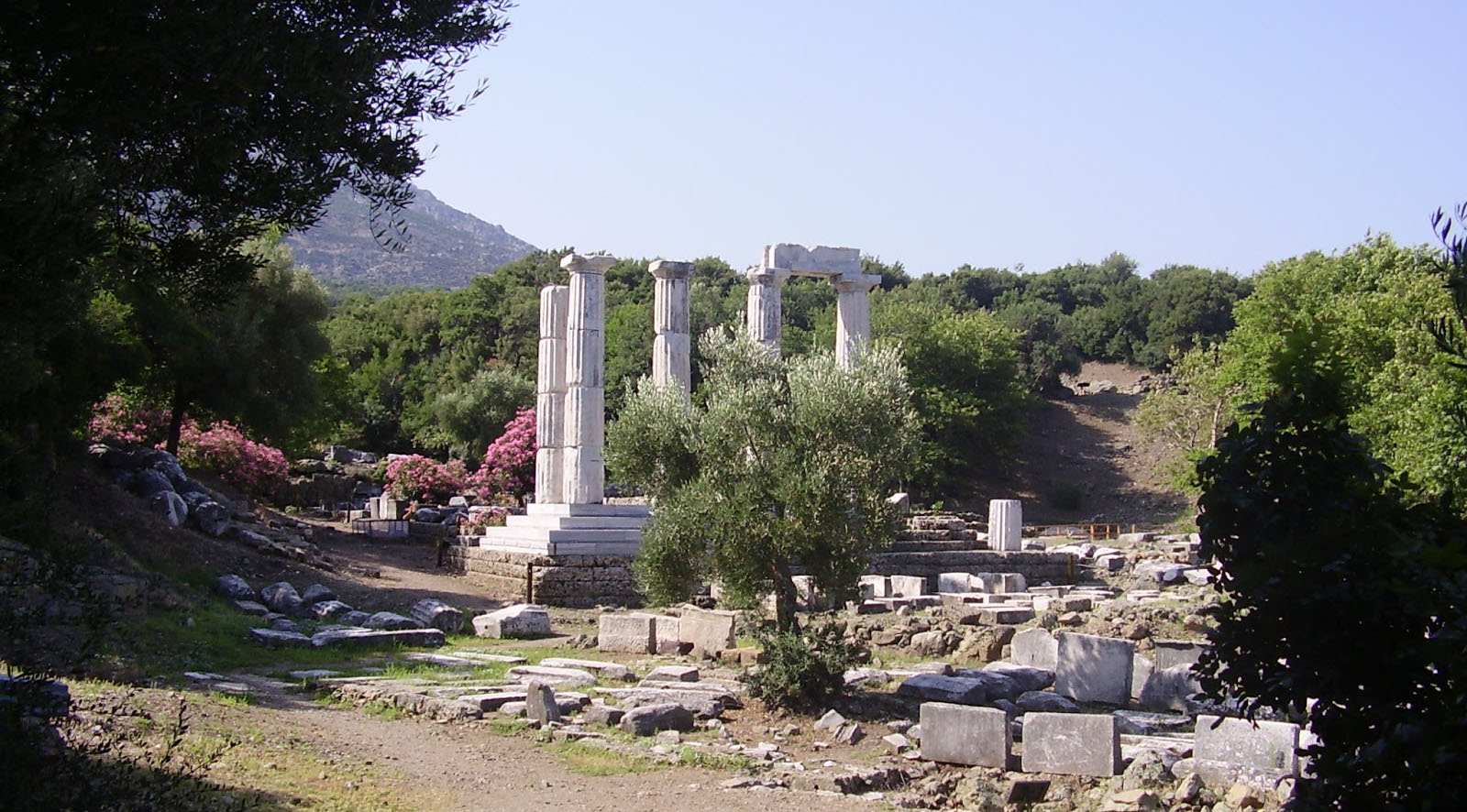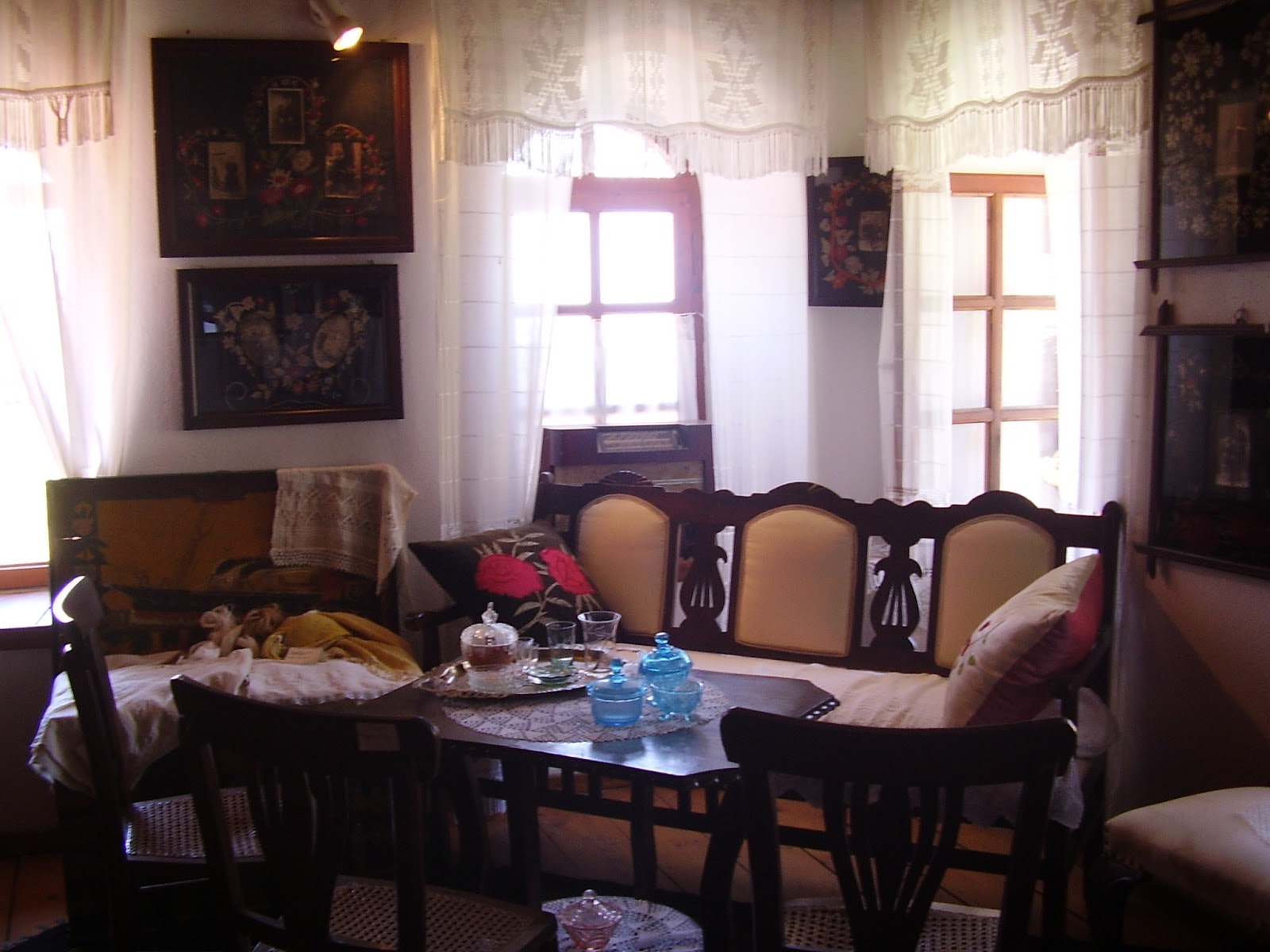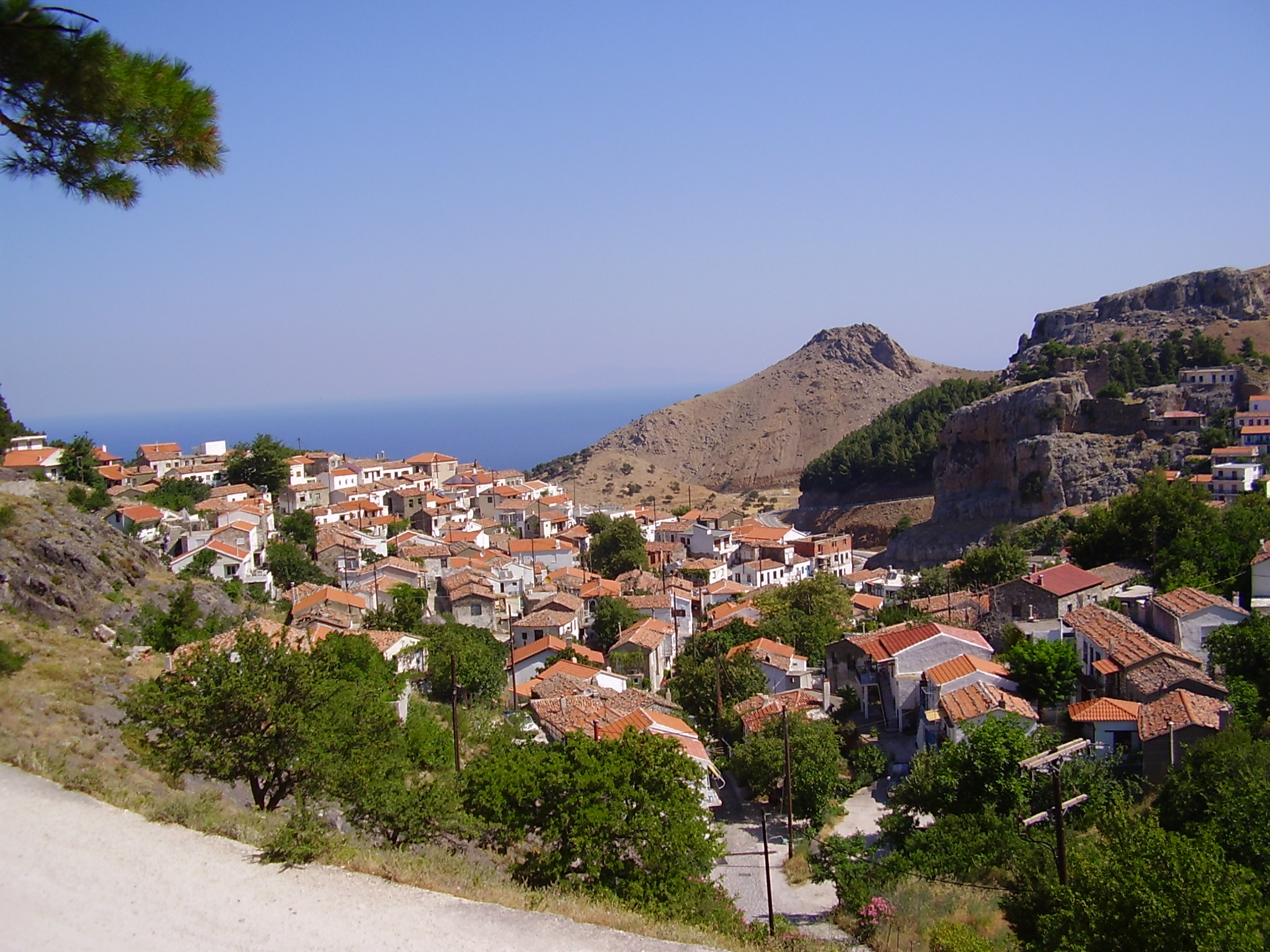The Archaeological Museum of Samothrace is located in the village of Palaeopoli, approximately 6-7 kilometers from Kamariotissa, on the northern side of the island, near the sea. Construction of the museum began in 1939 and was completed in 1955, thanks to the contribution of the American School of Classical Studies.
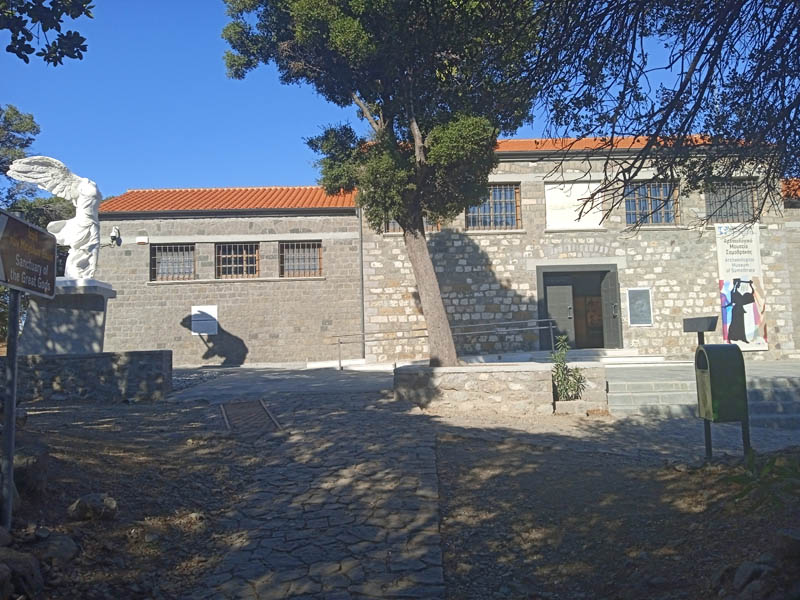
After its complete renovation in 2024, the museum has become a top destination for history and culture enthusiasts, showcasing exhibits that cover the long history of Samothrace, from the Middle Neolithic Era to Modern Times. The recent renovation included the restoration of the historic building and the creation of modern exhibition spaces. The new exhibition is organized in five thematic halls and a courtyard.
Hall A: Architectural restorations of the buildings of the Sanctuary of the Great Gods.
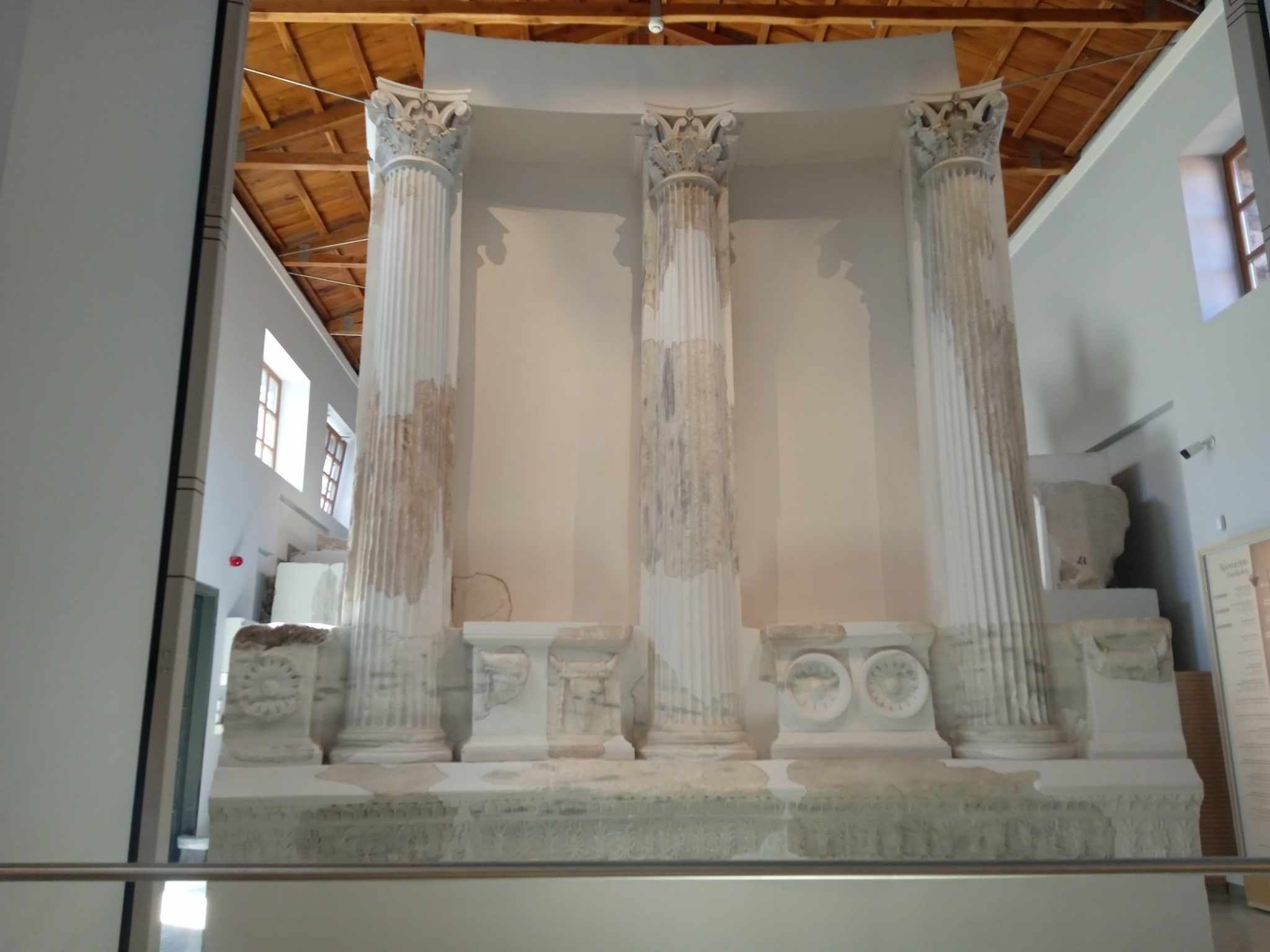
Hall A presents restored parts of three important Doric buildings from the Sanctuary of the Great Gods: the Tholos of Arsinoe II, the Sanctuary, and the Court of the Altar. The Tholos, one of the most impressive Hellenistic buildings, was erected between 288-270 BC by Queen Arsinoe II, featuring impressive architecture with Doric half-columns on the outside and Corinthian half-columns on the inside, as well as rich decoration. The Sanctuary, built in the early 3rd century BC, is distinguished by its marble sculptural decoration and intricate design, while the Court of the Altar, with its marble colonnade, surrounds a monumental altar dedicated to the Great Gods.
Hall B: Dedicated to the ancient city and its necropolises.
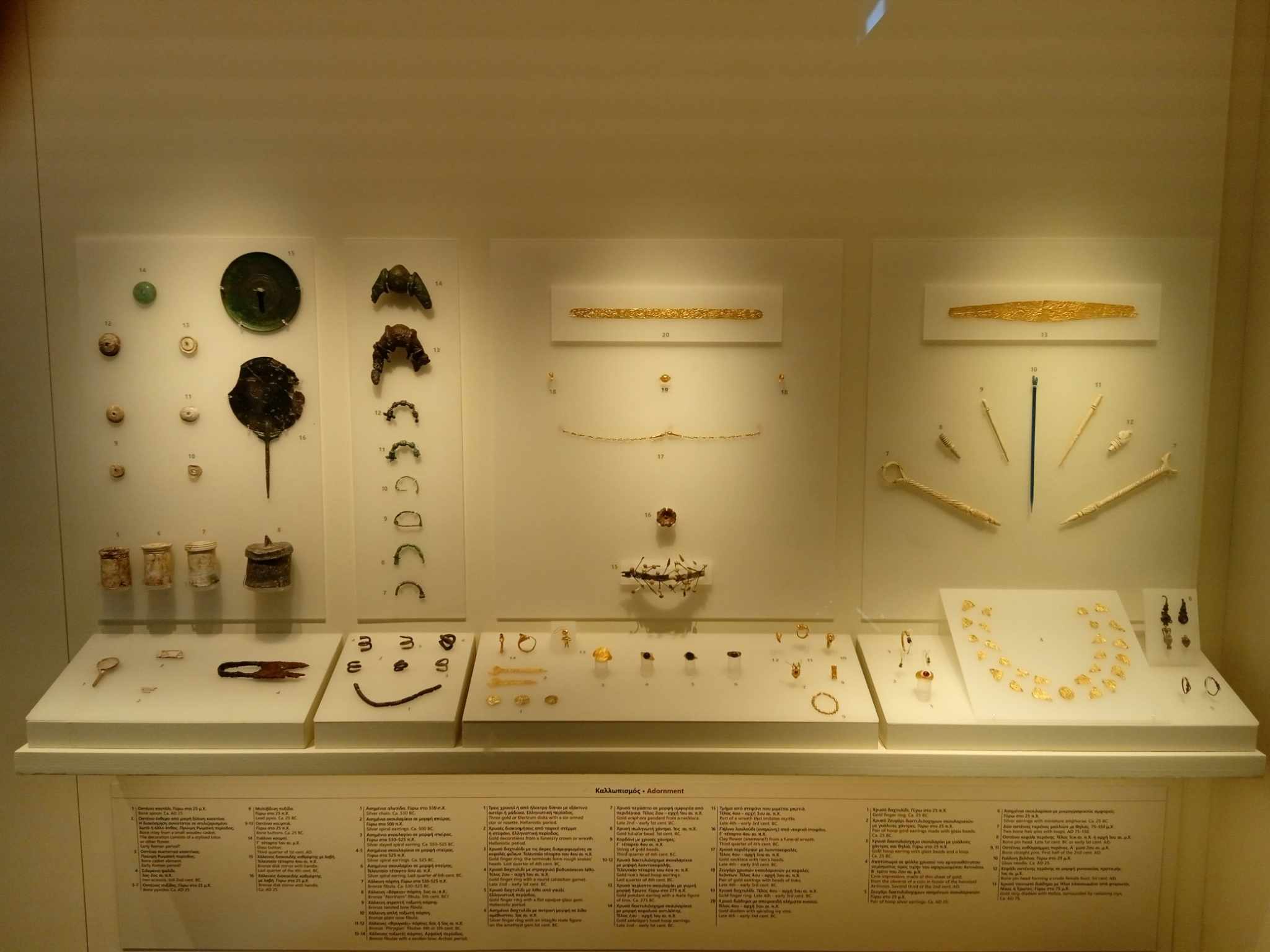
Hall B is dedicated to the ancient city of Samothrace and its necropolises, showcasing finds from the limited excavations of the city, mainly from the South Necropolis, which was the most important and longest-lasting cemetery in the area. Artifacts from the North Necropolis are also displayed, including tombs of different types and periods (6th century BC - 1st century AD), as well as Samothracian coins, such as rare silver issues and copper coins depicting gods and ships. The ancient city, connected to the Sacred Way leading to the Sanctuary of the Great Gods, remains largely unexplored, with traces of habitation from the Archaic to the Byzantine period.
The Archaeological Museum of Samothrace presents a remarkable collection of archaeological treasures reflecting the culture and history of ancient Samothrace.
Hall C – Entrance Complex of the Eastern Hill
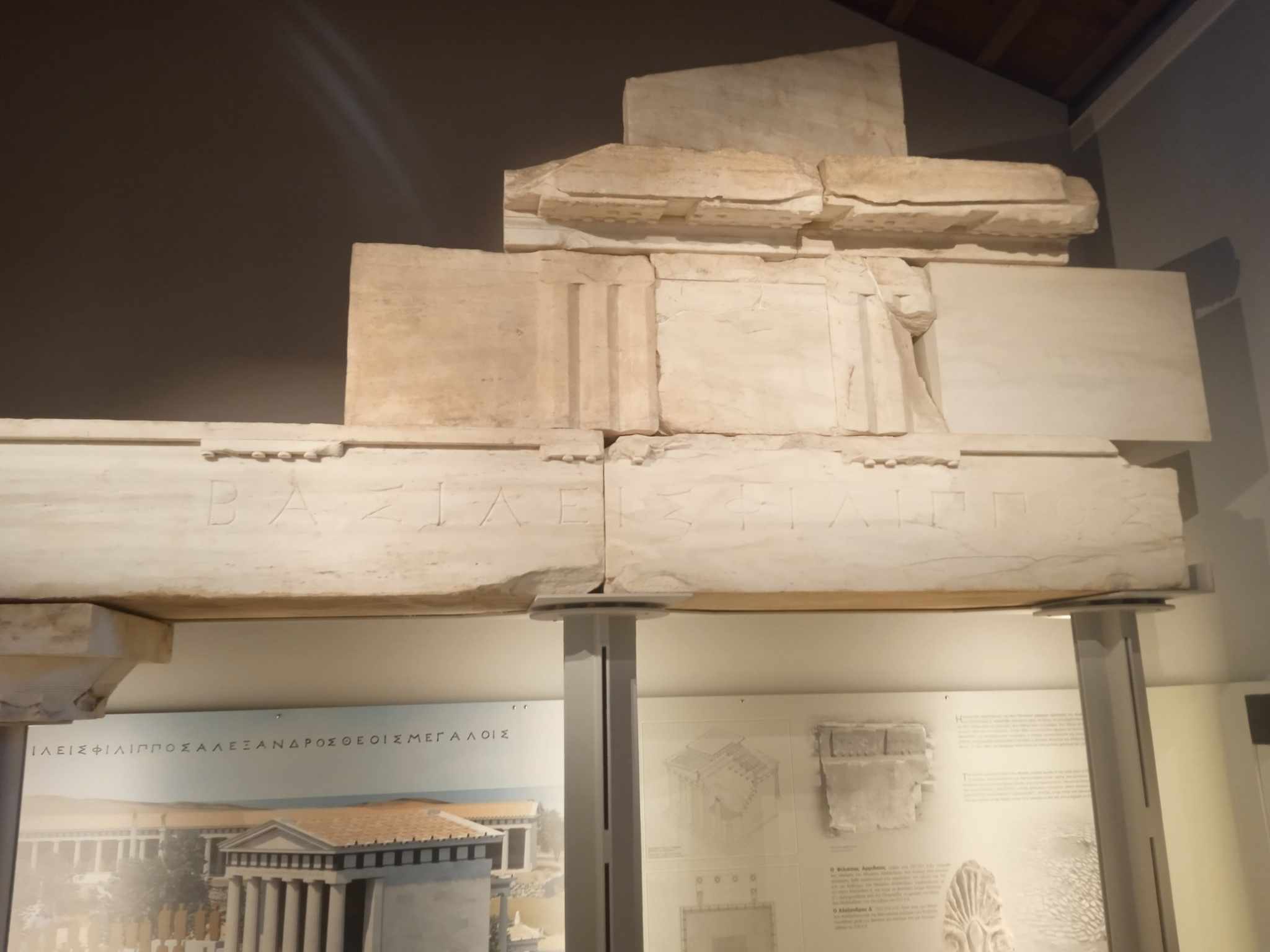
Hall C presents the monuments of the entrance complex on the Eastern Hill, which for centuries served as the threshold to the heart of the Sanctuary. Here, potential initiates gathered for the preparation of the initiatory rituals, and initiates gathered to reflect on their experiences. Exhibits include the Theatrical Circle, a place for purification rituals, and the Monumental Stands with votive offerings and sculptures. The Votive Offering of Philip III and Alexander IV, an iconic Doric building, highlights the Macedonian architectural tradition. The hall emphasizes the crucial role of the complex in the journey to the sanctuary and its connection with the Great Gods’ rituals.
In the courtyard between Halls C and D, inscriptions are displayed.
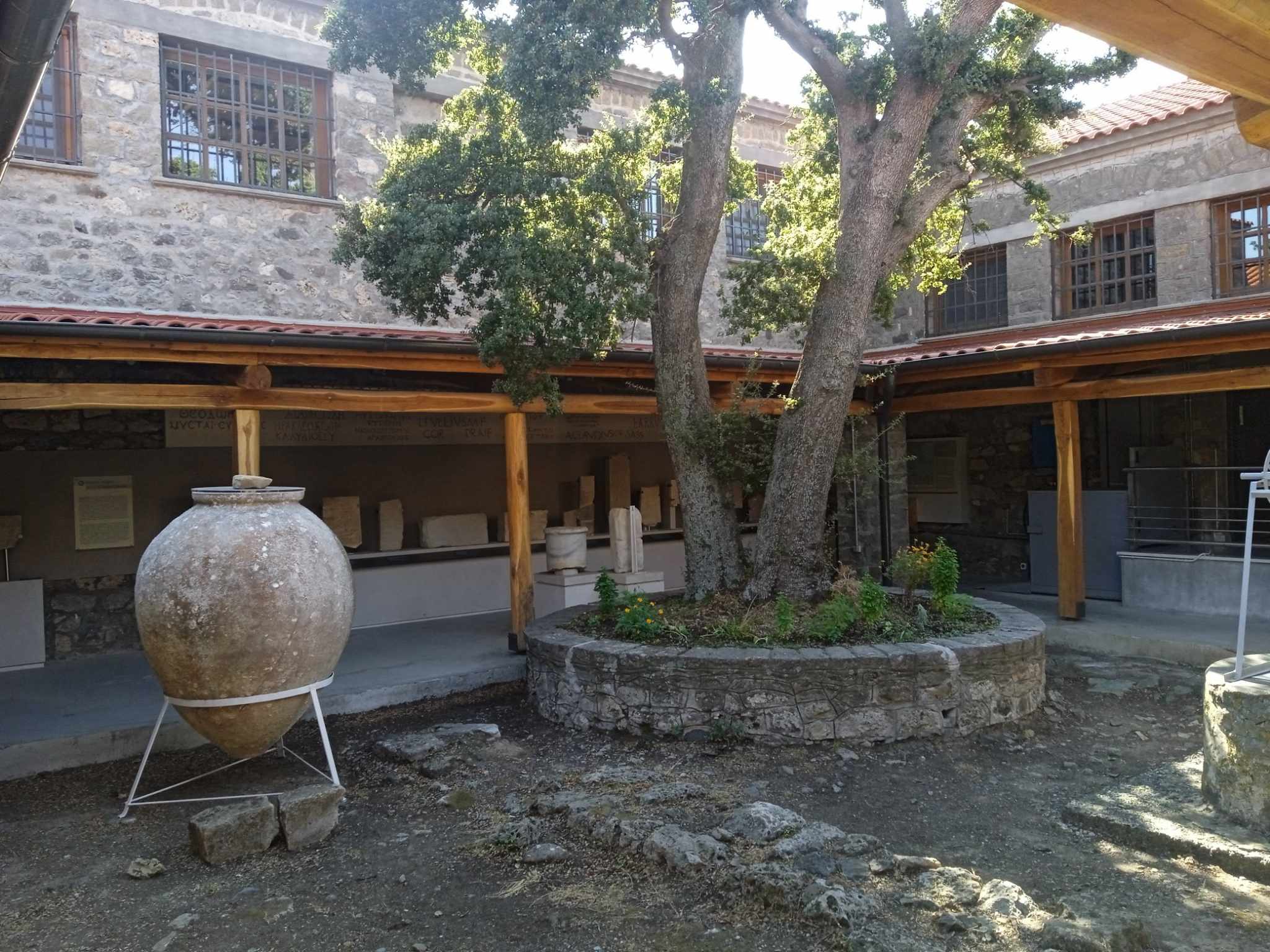
The selection of epigraphic texts in the Courtyard of the 2024 renovated Archaeological Museum of Samothrace includes mainly lists of initiates and overseers, votive inscriptions, as well as decrees referring to kings and cities. Notably, the votive inscriptions of the Thessalian League and the base of the statue of Philip V are significant. The lists of initiates, dating from 180 BC to 186 AD, provide information about the social status and participation of the initiates in the Samothracian Mysteries, which were believed to offer protection and safety, especially for sea voyages.
Hall D: Mystical Worship

Hall D showcases votive offerings and artifacts from the buildings of mystical worship at the Sanctuary of the Great Gods, primarily from the Ritual Dance Hall and the Sanctuary. It also displays material from the Western Hill, which hosted visitors/initates. Central to the presentation is initiation, with references to the process and ritual, while votive offerings such as iron rings and oil lamps have particular significance in the worship. The Ritual Dance Hall highlights the art and architecture connected with the participation of Thracians and Greeks in the rituals.
Hall E: Findings from various sites on the island, from the Middle Neolithic to Modern Times.
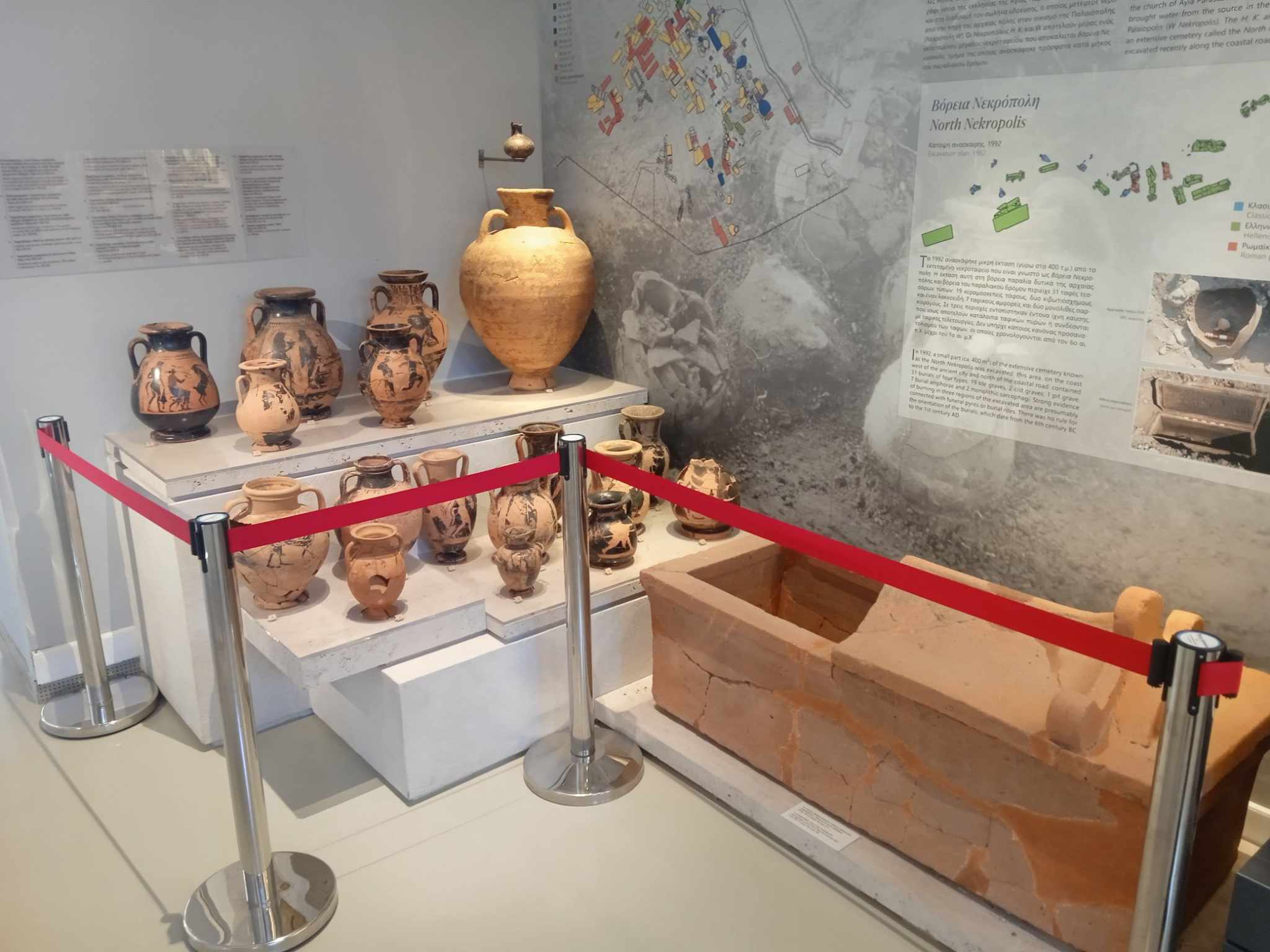
Hall E of the Samothrace Museum highlights the cultural journey of the island from the prehistoric era to the 20th century, with findings from the settlement of Mikros Vounos, the acropolis of Vrychos, the outdoor sanctuaries of Vendidos-Artemis and Cybele, as well as from the ceramic workshops at Keramidaria. Objects reflecting the presence of Minoan and Thracian cultures, as well as the development of commercial and religious activities, are exhibited, providing a comprehensive view of the archaeological and cultural heritage of Samothrace.
Notable Exhibits
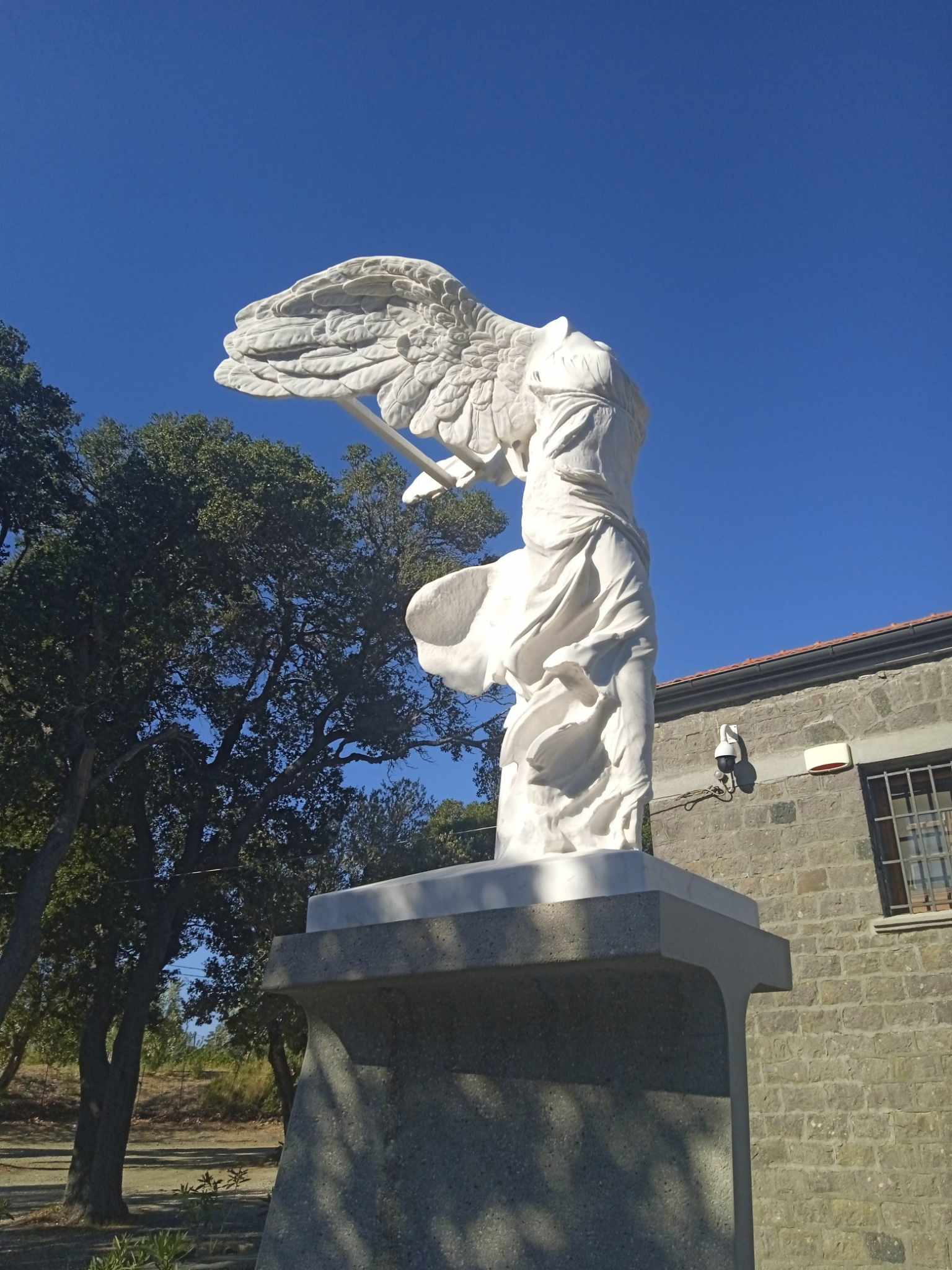
Hours of Operation and Tickets
Summer Season(1/4 - 31/10, 08:00 - 20:00, seven days a week.
Tickets: Regular: 6€ / Reduced: 3€.
The price includes access to the archaeological site of the Sanctuary of the Great Gods. Winter Season
(1/11 - 31/3): 08:30 - 15:30, closed on Monday and Tuesday.
Ticket: 3€ (reduced for all during the winter season).
The price includes access to the Archaeological Site of the Sanctuary of the Great Gods.
Note: Please check the opening hours before visiting.

